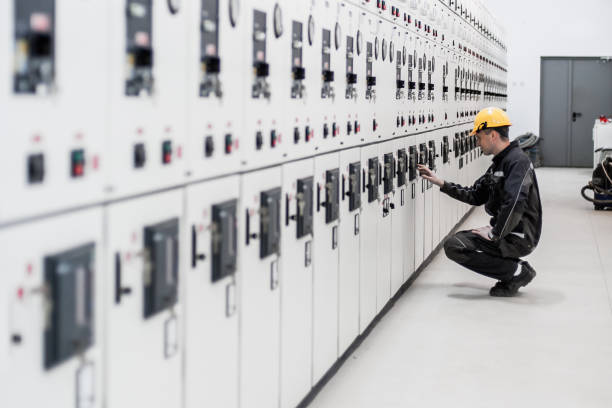Switchgear
Switchgear serves as the backbone of modern electrical systems, playing a crucial role in the generation, transmission, and distribution of electricity. From controlling power flow to protecting equipment and ensuring safety, switchgear encompasses a wide range of devices and technologies designed to manage electrical circuits effectively. Join us as we delve into the world of switchgear and uncover its significance in powering the future of energy.

Switchgear refers to the combination of electrical disconnect switches, fuses, circuit breakers, and other protective devices used to control, protect, and isolate electrical circuits. Whether in power plants, substations, industrial facilities, or commercial buildings, switchgear serves as the primary interface between electrical sources and consumers, enabling safe and reliable operation of electrical systems.
2. Types of Switchgear:
Switchgear comes in various types and configurations to suit different applications and voltage levels. Some common types of switchgear include:
Low-Voltage Switchgear: Designed for voltages up to 1 kV, low-voltage switchgear is commonly used in residential, commercial, and industrial settings to protect electrical circuits and equipment from overload, short circuit, and other faults.
Medium-Voltage Switchgear: Medium-voltage switchgear operates at voltages between 1 kV and 75 kV and is typically used in substations, industrial plants, and distribution networks to control and distribute electrical power to various loads.
High-Voltage Switchgear: High-voltage switchgear is designed for voltages above 75 kV and is used in transmission and distribution systems to switch and control high-power electrical circuits, ensuring reliable and efficient power delivery over long distances.
3. Functions of Switchgear:
Switchgear performs several critical functions essential for the safe and efficient operation of electrical systems, including:
Isolation: Switchgear isolates electrical circuits and equipment for maintenance, repair, or testing purposes, preventing accidental contact and ensuring the safety of personnel and equipment.
Protection: Switchgear protects electrical circuits and equipment from overloads, short circuits, and other faults by interrupting or isolating faulty currents and restoring normal operation.
Control: Switchgear controls the flow of electrical power by switching, routing, and regulating power distribution to meet varying demand requirements and operational needs.
Monitoring: Advanced switchgear systems incorporate monitoring and diagnostic capabilities to track system performance, detect abnormalities, and provide early warnings of potential issues, enabling proactive maintenance and optimization of electrical assets.

